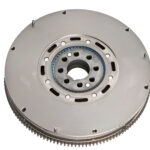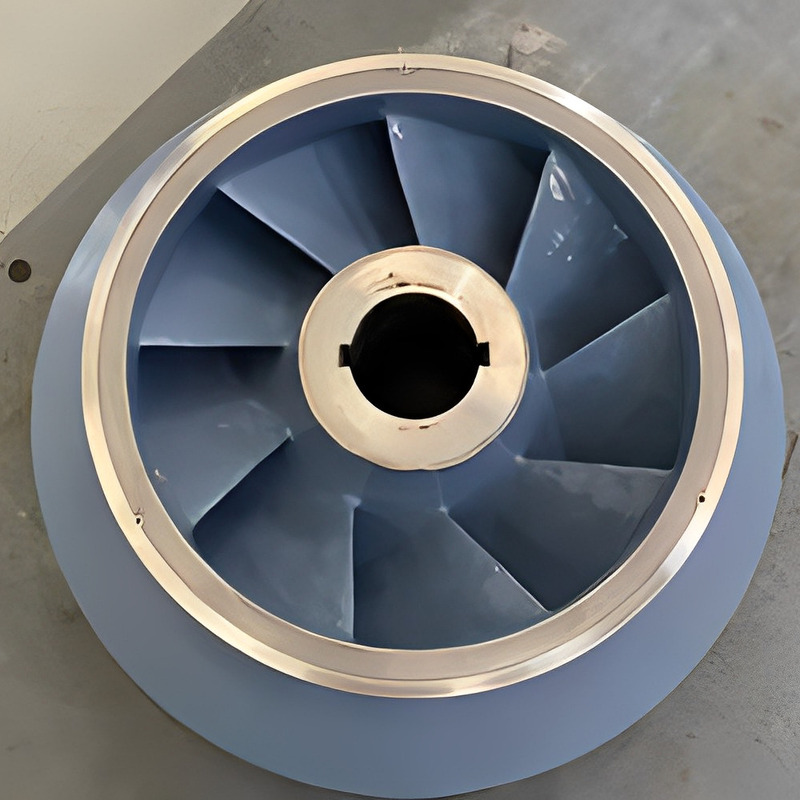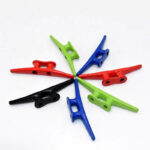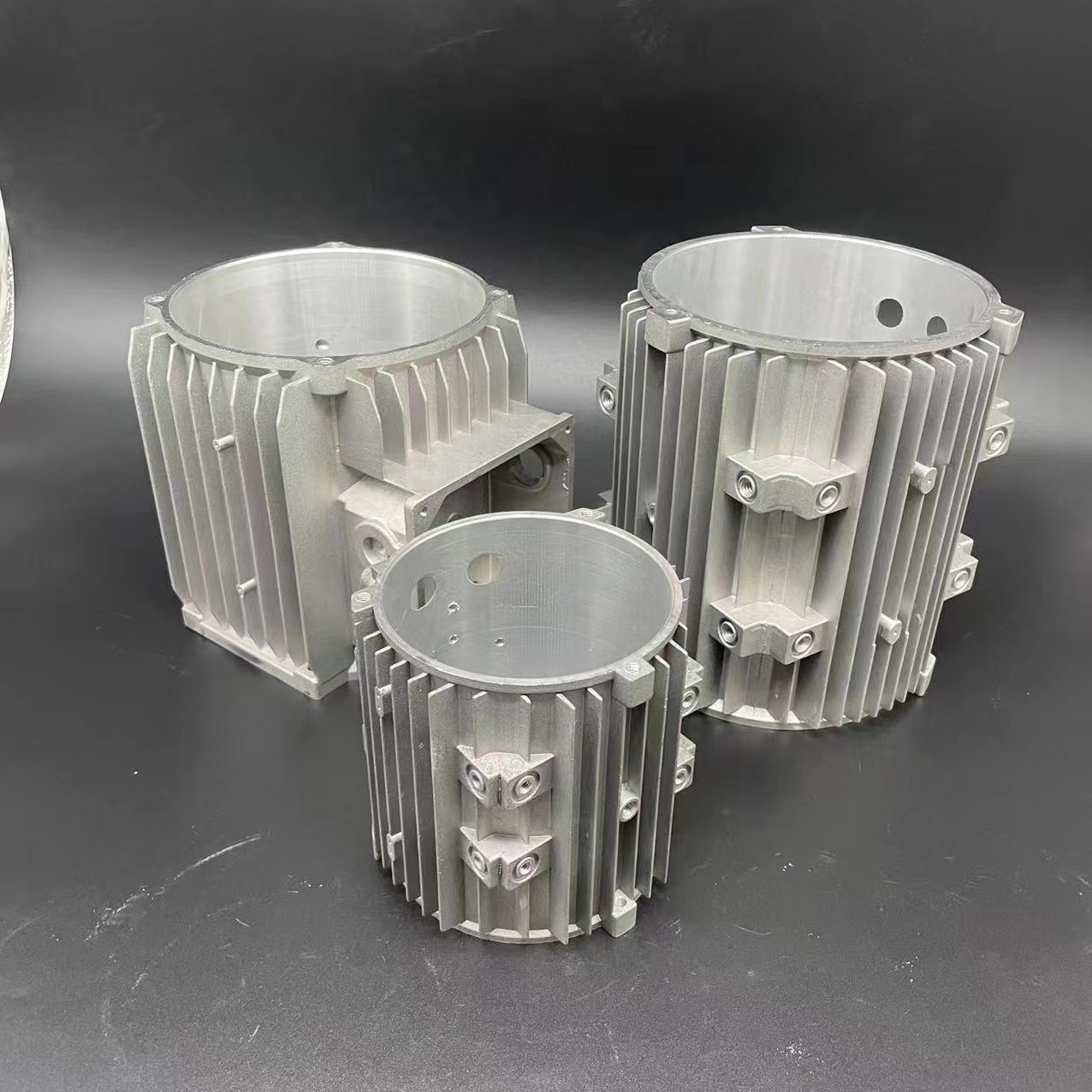Welding tables are the backbone of any fabrication workshop. They provide a stable and precise platform for carrying out a variety of metalworking tasks, from simple projects to complex manufacturing processes. Understanding the different types of welding tables and their specific features can significantly enhance the efficiency and quality of your work. This article explores the various options available, including aluminum welding tables, and highlights why selecting the best welding table is crucial for both amateur and professional welders.
Why Choose a Metal Welding Table?
Metal welding tables offer robustness and durability that are essential for the rigors of welding. The metal used in these tables is typically resistant to warping and can withstand high temperatures without being damaged. This makes metal welding tables a superior choice for tasks involving heavy-duty welding and cutting.
Types of Metal Welding Tables
- Standard Metal Welding Tables: These are the most common types of tables found in many workshops. They often come equipped with a steel or aluminum surface and can include various features like adjustable legs, slots for clamping, and hooks for hanging tools.
- Aluminum Welding Tables: Lightweight yet sturdy, aluminum welding tables are ideal for those who require a portable option. Aluminum's high thermal conductivity also means it dissipates heat quickly, reducing the risk of heat damage to the table.
- Welding Fabrication Tables: Designed for precision, these tables often feature flat, thick tops that minimize warping and have a grid of holes for attaching clamps and fixtures. Fabrication tables are perfect for complex or repetitive jobs where accuracy is key.
- Welding Fixturing Tables: These specialized tables are equipped with slots and holes to accommodate various jigs and fixtures. They are essential for production settings where consistency and repeatability are required.
Choosing the Best Welding Table
When selecting a welding table, consider the following factors:
- Material: Choose a table made from material that can handle your typical workload. For heavy-duty work, a steel table is preferable. For lighter, more mobile setups, aluminum might be the better choice.
- Size: Ensure the table is large enough for your projects but still fits comfortably in your workspace.
- Portability: If you need to move the table around frequently, look for options with wheels or those made from lightweight materials like aluminum.
- Features: Look for tables with clamping capabilities, tool storage, and adjustable components to enhance usability.
Practical Applications of Welding Tables
Welding tables are not just for welding; they are versatile tools that can be used for cutting, assembling, and measuring. In educational settings, these tables serve as excellent platforms for teaching students about metalwork and safety. In industrial environments, they provide a reliable workstation that can handle high-volume, repetitive tasks with ease.
Why Purchase from KT-Foundry?
At KT-Foundry, we offer a range of metal welding tables that cater to both the amateur and professional welder. Our tables are designed with durability and versatility in mind, ensuring that they meet the specific needs of your projects. We understand the demands of welding work, and our products reflect our commitment to quality and customer satisfaction.
Visit our website at kt-foundry to explore our range of welding tables. Our detailed product descriptions and images will help you choose the perfect table for your needs. For further inquiries or to place an order, contact us through our website. Our expert team is ready to assist you with product selection and to answer any questions you may have.






